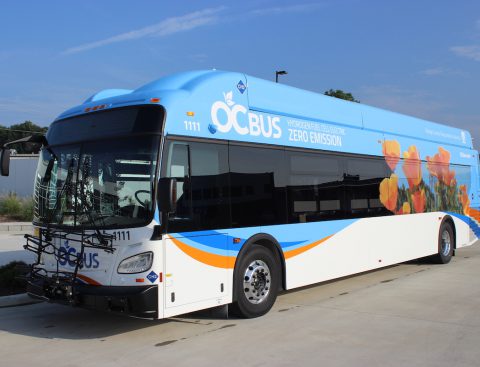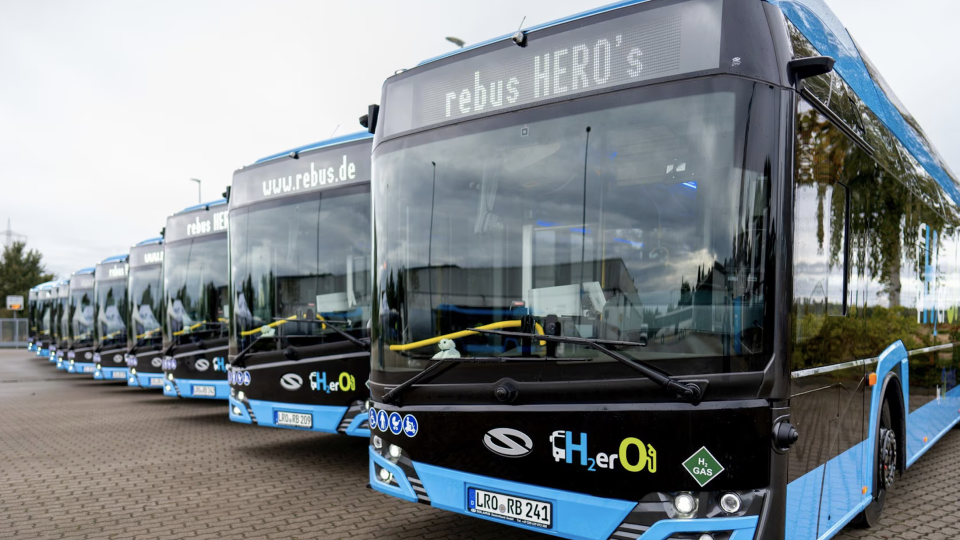Fuel cell buses in California: another 5 units commissioned to New Flyer
California’s GET (Golden Empire Transit District) adds 5 more zero-emission fuel cell buses from NFI subsidiary New Flyer. The model ordered by the PTO is the Xcelsior CHARGE H2 in the 40-foot (12-meter) version. The buses have been purchased off of the California Department of General Services (“CDGS”) contract. This order follows a prior (2020) […]

California’s GET (Golden Empire Transit District) adds 5 more zero-emission fuel cell buses from NFI subsidiary New Flyer. The model ordered by the PTO is the Xcelsior CHARGE H2 in the 40-foot (12-meter) version.
The buses have been purchased off of the California Department of General Services (“CDGS”) contract. This order follows a prior (2020) GET bus purchase of five forty-foot fuel cell-electric Xcelsior CHARGE H2 buses. Still il California, New Flyer hydrogen buses have been ordered also by Orange County Transportation Authority (OCTA) and San Francisco Bay Area’s AC Transit.
New Flyer was selected by CDGS as an approved supplier of electric vehicles in 2019. The CDGS contract simplifies potential future bus procurement for California local government agencies for up to five years. Both orders were supported by Federal Transit Administration and state funds, NFI says.
California to switch all buses to ZE by 2040
The buses deliver on the agency’s Zero-Emission Bus Rollout Plan, designed to transition its fleet to 100% zero-emission by 2040, in accordance with the California Air Resources Board’s Innovative Clean Transit (“ICT”) regulation. GET bus is the mass transportation provider in Bakersfield, California, transporting more than six million passengers per year.
The New Flyer Xcelsior CHARGE H2 is a battery-electric vehicle using compressed hydrogen as an energy source and range extender, requiring only 6-20 minutes to refuel. Built on New Flyer’s proven Xcelsior platform, the Xcelsior CHARGE H2 can save 85 to 135 tons of greenhouse gas per year from tailpipe emissions compared to a diesel bus, the manufacturer says.
“Leveraging NFI’s experience in electric technology – with more than 40 million EV service miles completed – New Flyer is delivering innovative, efficient, sustainable mobility into California and directly enabling the transition to zero-emission propulsion by 2040,” Chris Stoddart, President, North American Bus and Coach. “Since 2005, we have delivered over 110 buses to GET bus, and, now, our fuel cell-electric technology will improve community livability with proven range, improved air quality, and quieter transportation.”







